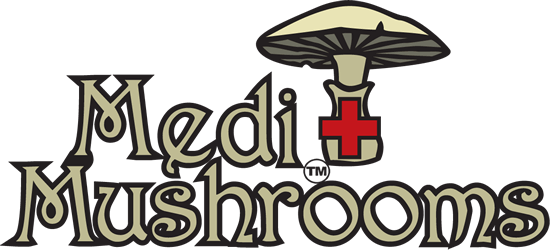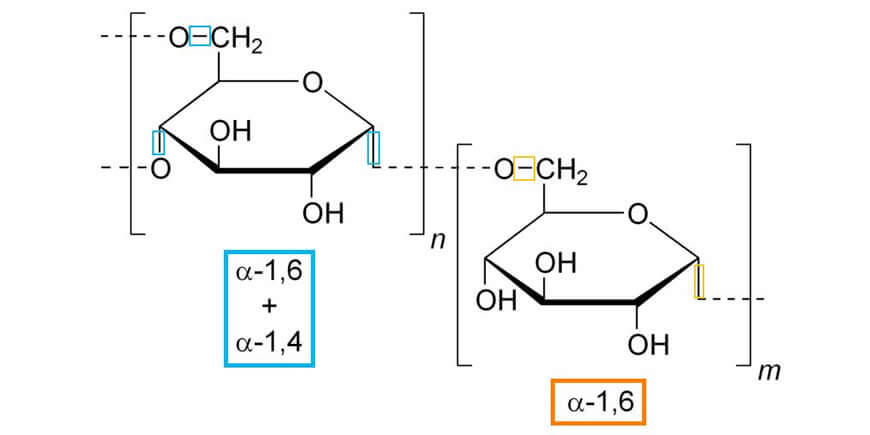*** IMPORTANT SHIPPING & DELIVERY NOTICE ***
Some international couriers continue to experience shipping delays.
We recommend you buy early and in bulk to avoid the impact of these delays.For 25+ years, we've been supporting a Healthy Body, Strong Spirit and Clear Mind!
Providing superior quality medicinal mushroom supplements
to customers in 74 countries around the world.2025 YEAR END SPECIAL!
- Tap for Navigation
- Dietary Supplements ▼
- » Dr Alla's Cordyceps
- » Dr Alla's Lion's Mane
- » Dr Alla's Maitake
- » Dr Alla's Reishi
- » Dr Alla's Shiitake
- » Testimonials
- Symptoms Chart
- Get Advice ▼
- » FAQ
- » Health Consultations
- Dr Alla's Insights ▼
- » Medical Conditions
- » Mushroom Properties
- » Research Info ►
- » » Medical Quotes
- » » Reference Works
- » » Mushrooms - Why Special?
- About ▼
- » Dr Alla's Story
- » Testimonials
- » Trade Enquiries
- » Contact
- Customer Info ▼
- » Access My Account
- » Track My Order
- Navigation
- Dietary Supplements ▼
- » Dr Alla's Cordyceps
- » Dr Alla's Lion's Mane
- » Dr Alla's Maitake
- » Dr Alla's Reishi
- » Dr Alla's Shiitake
- » Testimonials
- Symptoms Chart
- Get Advice ▼
- » FAQ
- » Health Consultations
- Dr Alla's Insights ▼
- » Medical Conditions
- » Mushroom Properties
- » Research Info ►
- » » Medical Quotes
- » » Reference Works
- » » Mushrooms - Why Special?
- About ▼
- » Dr Alla's Story
- » Testimonials
- » Trade Enquiries
- » Contact
- Customer Info ▼
- » Access My Account
- » Track My Order
Medicinal mushrooms contain a few types of polysaccharides, including alpha-glucans or α-glucans (starch) and beta-glucans or β-glucans (cellulose). These polysaccharides provide the primary nutritional and medicinal properties.
Glucans are the main component of the cell wall structure and are responsible for the integrity and healthy, balanced functioning of the cell walls. Glucans are found in mushrooms / fungi, a range of cereal grains, algae, yeast and in bacteria.
What are alpha glucans?
Alpha glucans are polysaccharides that include compounds like:
- Starch
- Glycogen
- Pullulan
- Dextran
Alpha glucan (starch) is the most common polysaccharide that is widely known and used by us in everyday life as part of many staple foods such as:
- Rice
- Potatoes
- Grains
- Corn
Medicinal mushrooms in nature and in correct growing conditions contain a very small amounts of starch, less than 4% in average of the dry weight of the mushroom fruiting bodies.
What type of glucans is more valuable, alpha glucans or beta glucans?
Most definitely BETA GLUCANS!
The major bio-active properties of medicinal mushrooms are credited to the beta-glucans that demonstrate the most positive effects on immune system, on ability to fight the cancer cells and a wide range of other health benefits.
How important is the amount of polysaccharides in medicinal mushrooms?
The most important and valuable information is not the total amount of polysaccharides, but rather specifically the amount of beta-glucans.
Most medicinal mushrooms produced and sold worldwide show on the packaging a high amount of polysaccharides. It sounds impressive, doesn’t it? So why is it not good? Simple.
As we already know, alpha-glucans (starch-type polysaccharides) are present in large amounts in rice, grains, and corn. The unscrupulous and mass production growers are using these types of foods as substrates for growing mushrooms. The starch is easily absorbed by the growing mushrooms, then ends up in the final mushroom product, elevating the polysaccharide levels and giving a false impression of nutritional value.
Let’s go over this explanation one more time, because it is so important to understand it.
The primary polysaccharides in medicinal mushrooms are beta-glucans.
Therefor it is not a natural occurrence for mushrooms to contain high levels of alpha-glucans.
It is most disturbing to see that a large number of medicinal mushrooms produced and sold on the market around the world today contain high levels of alpha-glucans and low levels of beta-glucans.
This is because most mushroom growers use such method known as mycelium on grain (MOG) in the production process to grow these mushrooms, in other words the starch rich products such as grains, for example, are used as the growing substrate.
In fact, it's suspected that almost all North American grown medicinal mushroom products use the MOG cultivation method and have shown very low beta-glucan content.
No wonder that majority of medicinal mushrooms on the market do not deliver the nutritional value that people are expecting to get.
Commercially, mushroom products are produced in two ways:
- Grown and harvested as mushroom fruiting bodies or
- Alternatively grown as mushroom mycelium over a sterilised grain base.
MediMushrooms range is produced from the mature fruiting body of the respective medicinal mushrooms grown in their indigenous environment and have never been exposed to any harmful elements, pollutants or artificial growth stimulating agents.
The production process of MediMushrooms range - Cordyceps, Lion's Mane, Maitake, Reishi and Shiitake - is based on the principle of delivering the most potent products that can be offered on the market and contain a high amount of Beta-Glucans.
Please let me know if you have any more questions related to the polysaccharides, alpha and beta glucans in medicinal mushrooms.Yours, Dr Alla.
CONTACT INFO
021 227 9922 (NZ)
+64 21 227 9922sales@medimushrooms.co.nz
Skype: alla.kiroshka
We ship globally to 74 countries and locally to all regions of New Zealand. Local shipping destinations include Auckland, Bay of Plenty, Gisborne, Hawke's Bay, Manawatu-Whanganui, Northland, Taranaki, Waikato, and Wellington on the North Island. As well as Canterbury, Marlborough, Nelson, Otago, Southland, Tasman, and West Coast on the South Island.

Top NZ cities and towns we ship to include Alexandra, Arrowtown, Ashburton, Auckland City, Blenheim, Bluff, Cambridge, Christchurch, Cromwell, Dannevirke, Dargaville, Dunedin, Eltham, Feilding, Gisborne, Gore, Greymouth, Hamilton, Hastings, Havelock North, Hawera, Hibiscus Coast, Hokitika, Huntly, Invercargill, Kaikoura, Kaitaia, Kāpiti Coast, Katikati, Kawerau, Kerikeri, Levin, Lower Hutt, Manukau City, Marton, Masterton, Matamata, Morrinsville, Motueka, Napier, Nelson City, New Plymouth, Ngaruawahia, North Shore, Oamaru, Otaki, Palmerston North, Paraparaumu, Picton, Porirua, Queenstown, Rolleston, Rotorua, Stratford, Taupo, Tauranga, Te Awamutu, Te Puke, Thames, Timaru, Tokoroa, Upper Hutt, Waihi, Wanaka, Warkworth, Wellington City, Wellsford, Westport, Whakatane, Whanganui, Whangarei, Whitianga.
Copyright © 2004 - 2025 MediMushrooms International Ltd
DISCLAIMER: The information on this website has been researched, reviewed and presented with all due care.
Nevertheless, the content is provided for general education and information only and should not be relied upon in making,
or refraining from making, any decision. It is NOT intended to replace medical advice from a healthcare professional.
All users are urged to seek advice from a qualified healthcare professional for diagnosis, treatment and answers to their medical questions.
Use products as directed. If symptoms persist, please see your healthcare professional.Specific results expressed herein are not typical. Individual results will vary.


